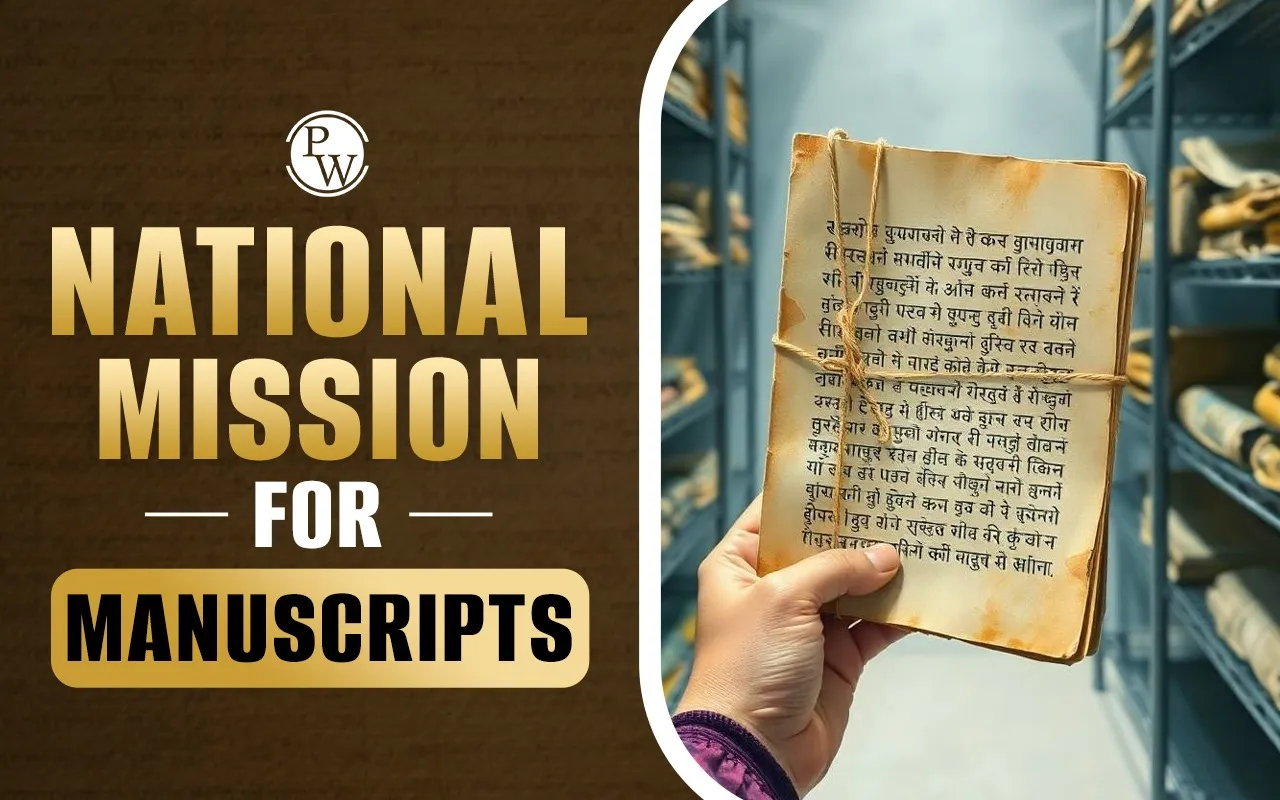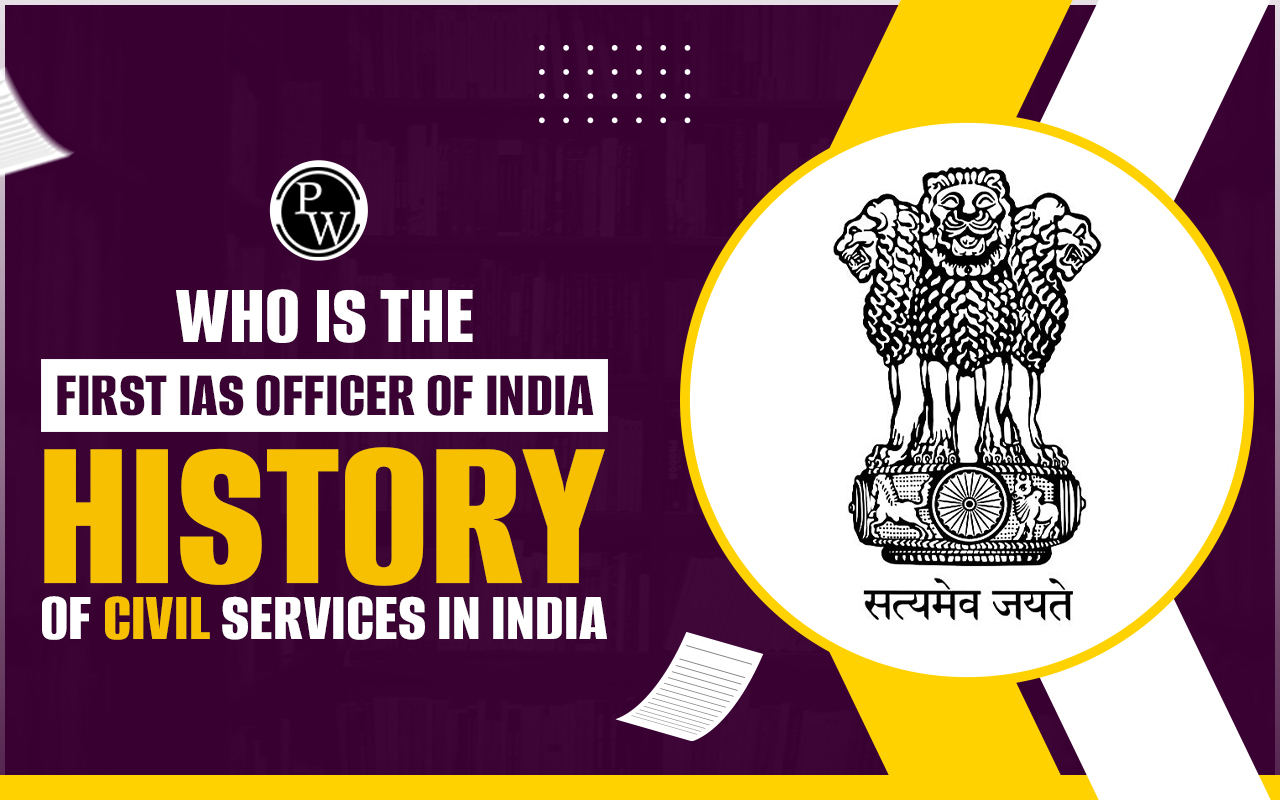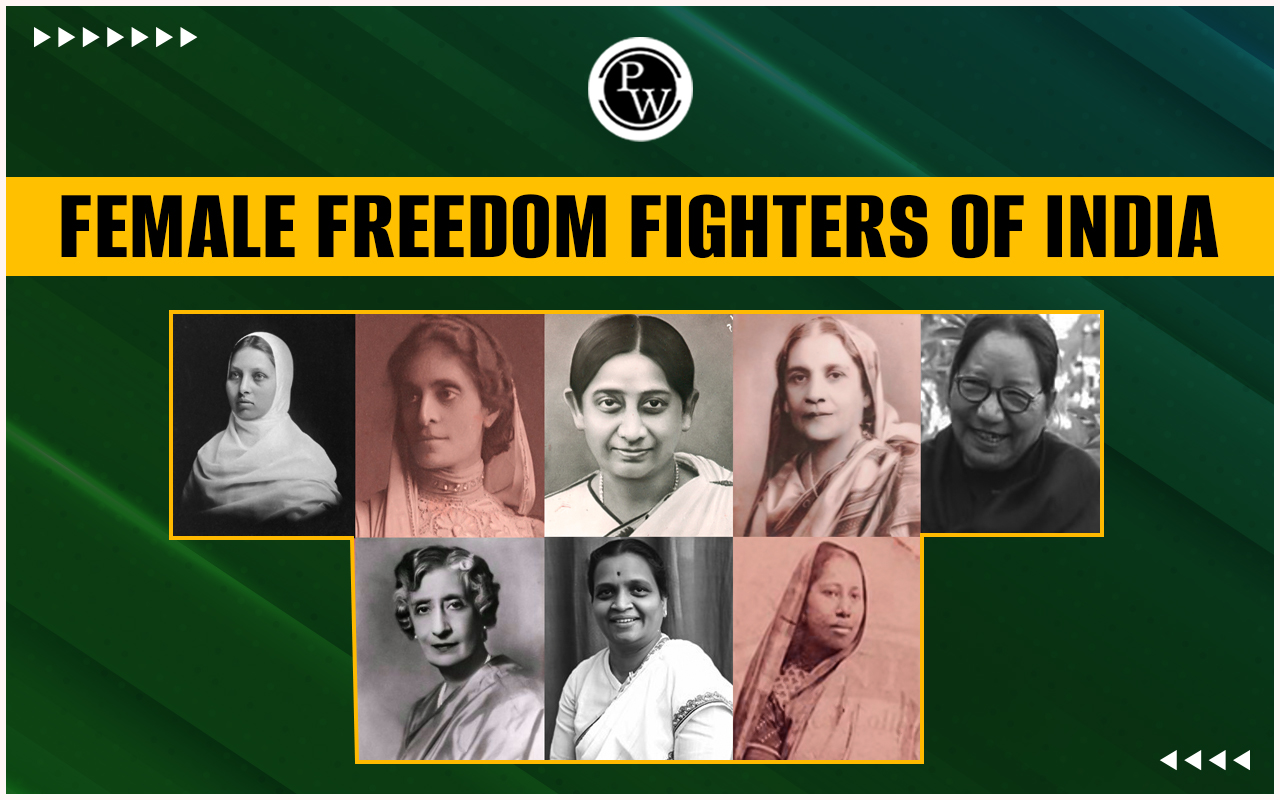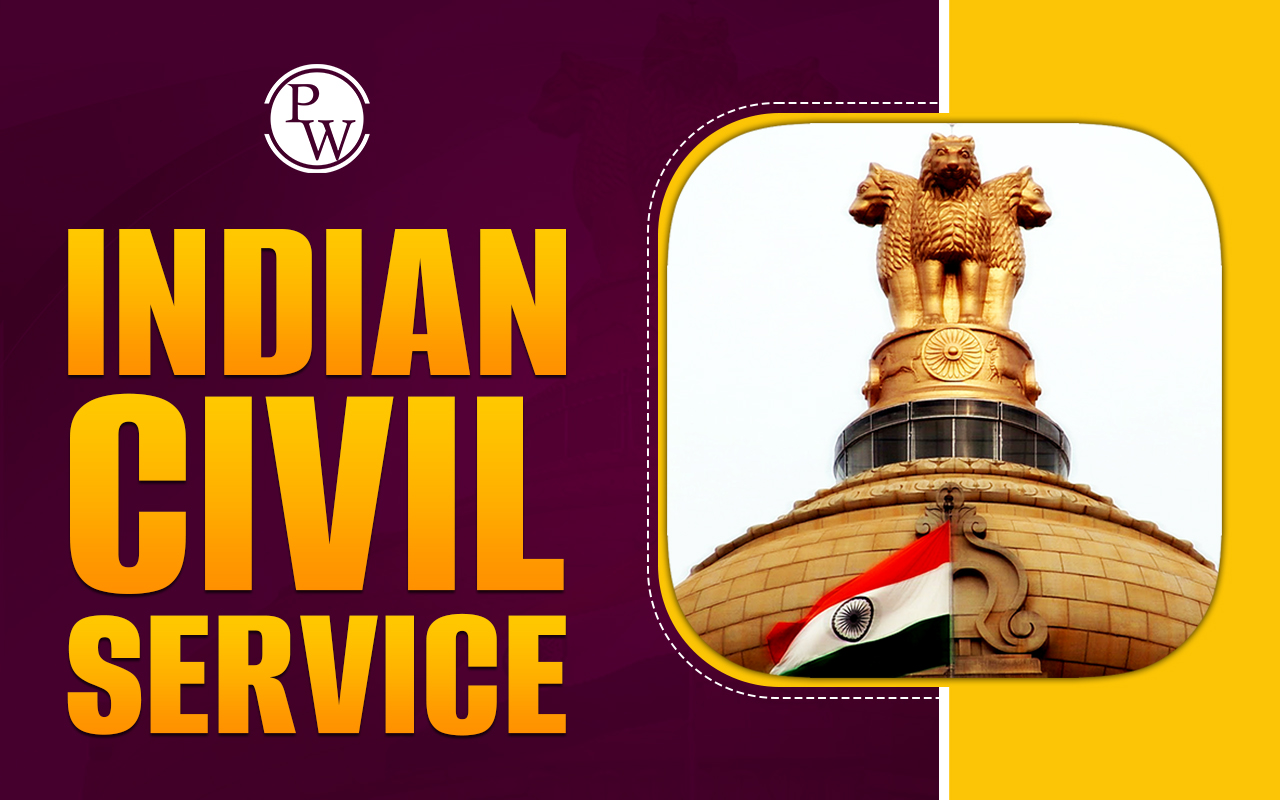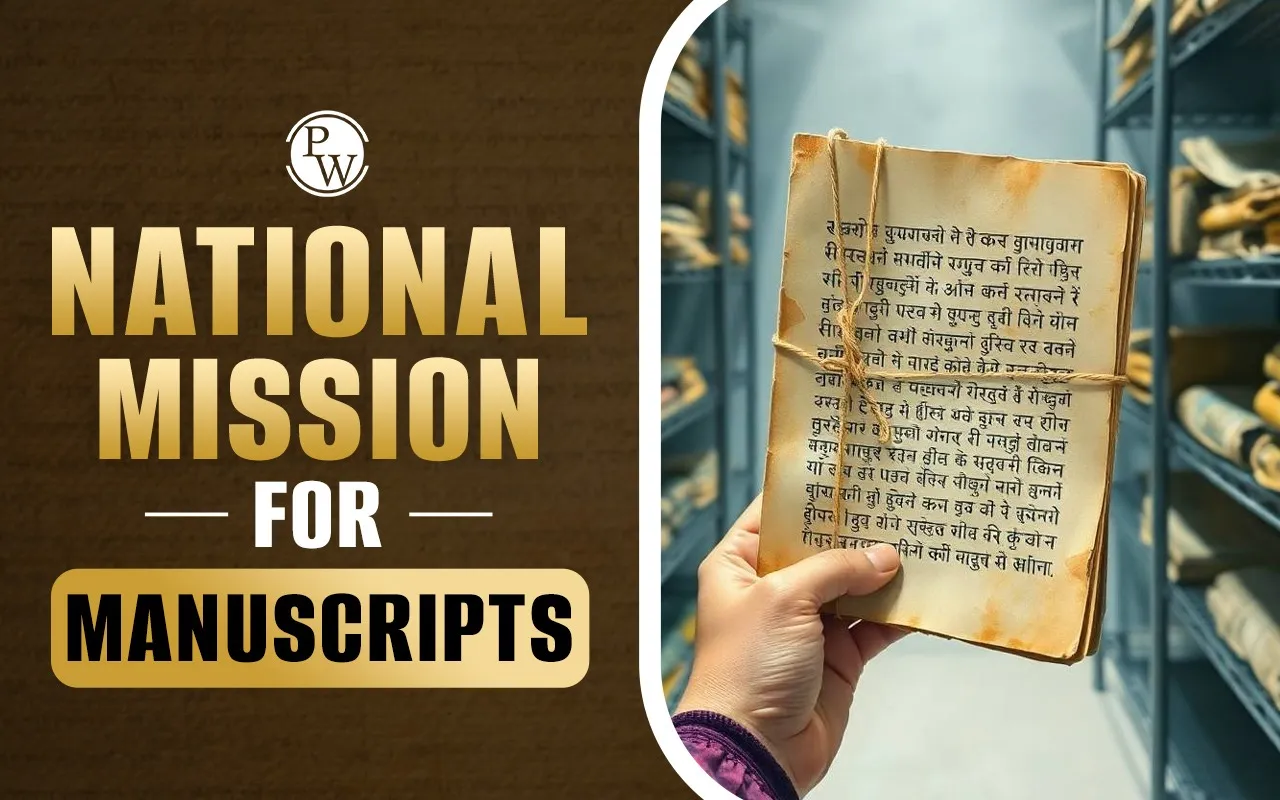
National Mission for Manuscripts (NMM), a Central Sector Scheme has been restructured as ‘Gyan Bharatam Mission’ for the period 2024-31 with a total budgetary allocation of ₹482.85 crores. NMM aims to document, digitize, and promote the accessibility of Indian manuscripts. Read on to learn about the objectives, key features, significance, and achievements of the National Mission for Manuscripts.
National Mission for Manuscripts
The National Mission for Manuscripts (NMM) is a significant initiative by the Indian government designed to safeguard the country’s vast manuscript heritage. Launched to celebrate and preserve India’s textual traditions, the Mission focuses on documenting and digitizing manuscripts scattered across the nation.
| National Mission for Manuscripts (NMM) | |
| Restructured As | Gyan Bharatam Mission |
| Established | 2003 (Restructured in 2025) |
| Ministry | Ministry of Culture, Government of India |
| Nodal Agency | Indira Gandhi National Centre for the Arts (IGNCA) |
| Objectives | Survey and Documentation, Conservation and Preservation, Digitization, Publication and Research, Capacity Building, Outreach and Awareness |
| Period | 2024-31 |
| Budget | ₹482.85 crores |
| Manuscript Estimates | Approximately 10 million manuscripts in India, covering various themes, languages, and scripts |
| Conservation Centers | 49 Manuscript Conservation Centers (MCCs) across the country |
| Resource Centers | 54 Manuscript Resource Centers (MRCs) |
| Significance | Aims to connect India's past with its future by preserving its rich manuscript heritage |
National Mission for Manuscripts Features
The National Mission for Manuscripts (NMM) was established in February 2003 and now recently been restructured as the "Gyan Bharatam Mission," which will run from 2024 to 2031.
-
Expansion Plan (2024-31): A ₹482.85 crore allocation to expand the Mission’s efforts, with a focus on manuscript digitization, conservation, and public outreach.
-
Focus on Rare Manuscripts: Prioritizing the digitization of fragile and rare manuscripts to ensure long-term preservation.
-
Regional Contributions: Significant work in Uttar Pradesh, including manuscript documentation, conservation workshops, and research collaborations.
-
Engagement with Scholars and Institutions: Collaborating with various stakeholders, including educational institutions, libraries, and researchers.
-
Publication and Research: Editing, translating, and publishing rare manuscripts to encourage scholarly research.
Objectives of the National Mission for Manuscripts
The National Mission for Manuscripts aims to preserve India’s rich manuscript tradition through several key objectives:
-
Survey and Registration: The mission focuses on surveying and registering manuscripts across the country, helping with conservation and public access.
-
Conservation: The goal is to preserve manuscripts using scientific methods to ensure their longevity for future generations.
-
Digitization: The mission aims to create a National Digital Manuscripts Library, making manuscripts accessible online for scholars and the public.
-
Supporting Research: It seeks to promote research by publishing unpublished manuscripts and encouraging studies in manuscript studies.
-
Building Expertise: The mission provides training in manuscriptology and conservation, developing a new generation of experts.
-
Public Awareness: It works to raise awareness about manuscript heritage through exhibitions and outreach programs.
What is the Significance of Indian Manuscripts?
Indian manuscripts are invaluable treasures that offer deep insights into the country’s rich cultural, historical, and scholarly heritage. They preserve ancient traditions, document significant historical events, and provide primary sources for research in various fields such as literature, religion, and art. Additionally, these manuscripts help preserve languages and build interdisciplinary studies, enriching our understanding of India’s civilization.
Key Achievements of National Mission for Manuscripts
The National Mission for Manuscripts has achieved significant milestones in preserving India's manuscript heritage. Some of its key accomplishments include:
-
Documenting Manuscripts: The Mission has successfully documented over 5.2 million manuscripts across India.
-
Establishing Resource Centers: The Mission has collaborated with institutions to set up Manuscript Resource Centers (MRCs) and Manuscript Conservation Centres (MCCs) across various states.
-
Digitization Efforts: Around 3.5 lakh manuscripts have been digitized, with plans for further expansion, making manuscripts more accessible to the public.
-
Capacity Building: Numerous programs have been conducted to train scholars and archivists, fostering expertise in manuscript conservation.
-
Public Accessibility: Over 1,35,000 manuscripts are now available online, with many accessible for free, broadening access for researchers and the general public.
In conclusion, the National Mission for Manuscripts is an important step towards preserving India's cultural and intellectual history. By documenting, digitizing, and promoting these manuscripts, the mission ensures that future generations can cherish this rich heritage.
If you're interested in diving deeper into topics related to Indian culture and history, explore Physics Wallah’s UPSC courses to enhance your knowledge!
